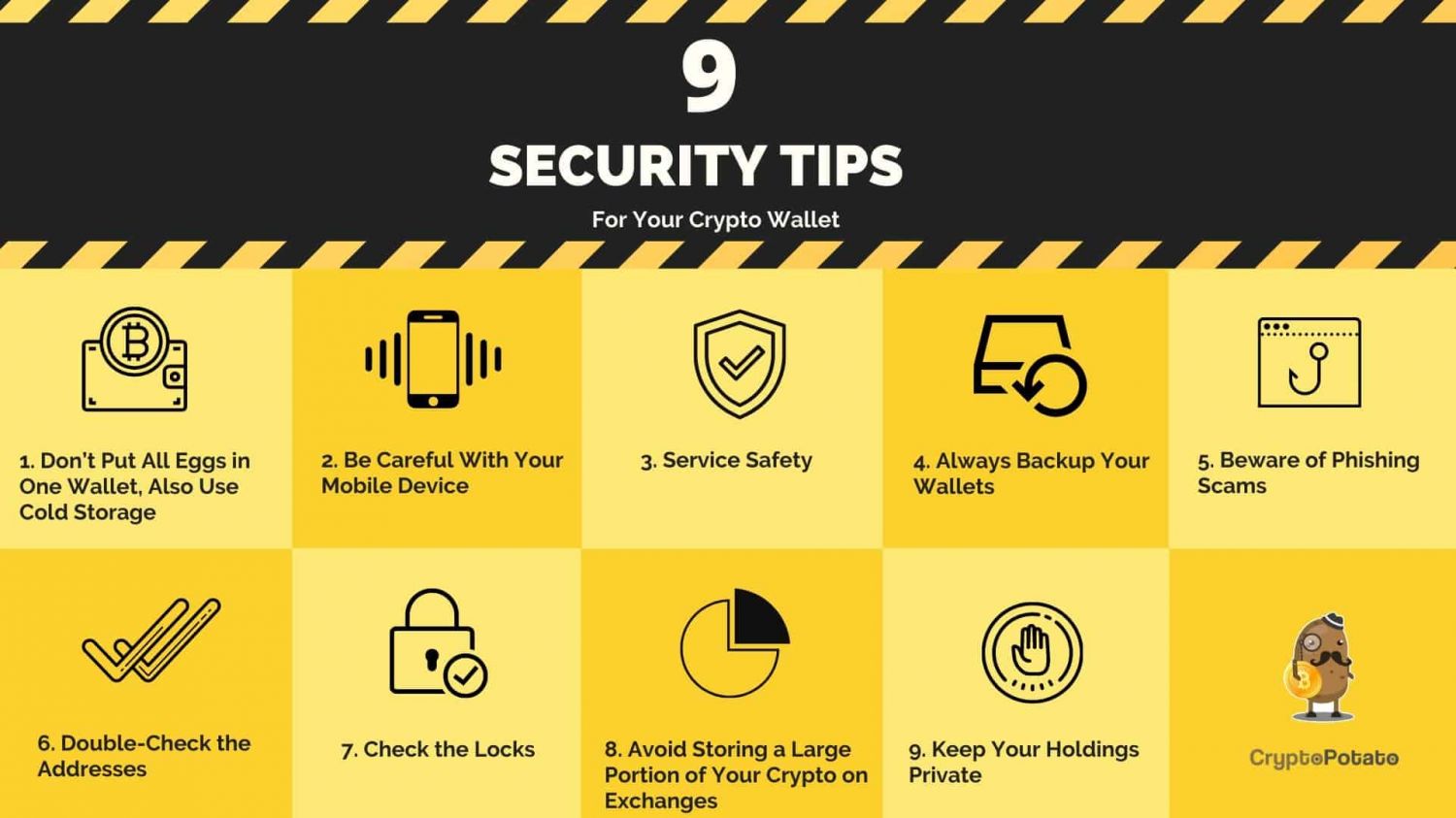"Cryptocurrency Security Best Practices: Protecting Your Digital Assets"
Introduction As the popularity of cryptocurrencies continues to grow, ensuring the security of your digital assets is of paramount importance. With the decentralized and digital nature of cryptocurrencies, it's crucial to take proactive measures to protect your holdings from theft, fraud, and unauthorized access. In this article, we will explore the best practices for cryptocurrency security, including wallet management, password hygiene, two-factor authentication, and staying vigilant against common threats.
Section 1: Understanding Cryptocurrency Security 1.1 The Unique Security Challenges of Cryptocurrencies
- Discuss the unique security challenges associated with cryptocurrencies, including the absence of centralized authorities and irreversible transactions.
- Highlight the importance of personal responsibility in securing digital assets.
1.2 Common Threats and Risks
- Identify common threats and risks faced by cryptocurrency holders, such as hacking, phishing attacks, and malware.
- Explain the potential consequences of falling victim to these threats and the loss of digital assets.
1.3 Importance of Security in the Cryptocurrency Ecosystem
- Discuss the broader implications of security breaches in the cryptocurrency ecosystem, including loss of trust and reputational damage.
- Highlight the role of security practices in promoting adoption and mainstream acceptance of cryptocurrencies.
Section 2: Wallet Security Best Practices 2.1 Choosing the Right Wallet
- Explain the different types of cryptocurrency wallets, including hardware wallets, software wallets, and online wallets.
- Discuss the pros and cons of each type and provide guidance on selecting a secure wallet.
2.2 Creating Strong Passwords
- Emphasize the importance of using strong and unique passwords for wallet access.
- Provide tips for creating secure passwords and using password managers for better password management.
2.3 Secure Backup and Recovery
- Discuss the significance of regular wallet backups and the importance of securely storing backup information.
- Provide guidance on creating offline backups and implementing secure recovery procedures.
2.4 Regular Wallet Updates
- Explain the importance of keeping wallet software up to date.
- Highlight the security patches and improvements provided by wallet updates and the potential risks of using outdated software.
Section 3: Strengthening Account Security 3.1 Two-Factor Authentication (2FA)
- Explain the concept of two-factor authentication and its role in enhancing account security.
- Discuss the different types of 2FA methods, such as SMS codes, authenticator apps, and hardware tokens.
3.2 Phishing and Social Engineering Awareness
- Educate users about common phishing techniques and social engineering tactics used to steal cryptocurrency.
- Provide tips for recognizing and avoiding phishing attempts, including scrutinizing URLs, verifying senders, and avoiding suspicious links.
3.3 Multi-Signature Wallets
- Introduce the concept of multi-signature wallets and their enhanced security features.
- Discuss the benefits of requiring multiple signatures for transactions, particularly for high-value accounts.
Section 4: General Security Practices 4.1 Secure Network and Device Usage
- Highlight the importance of using secure networks and devices for cryptocurrency transactions.
- Discuss the risks of public Wi-Fi networks and the benefits of using virtual private networks (VPNs).
4.2 Regular Software Updates and Antivirus Protection
- Stress the importance of keeping devices and software up to date with the latest security patches.
- Discuss the role of antivirus and anti-malware software in detecting and preventing cryptocurrency-related threats.
4.3 Offline Storage (Cold Wallets)
- Explain the concept of offline storage for long-term cryptocurrency holdings.
- Discuss the benefits of cold


